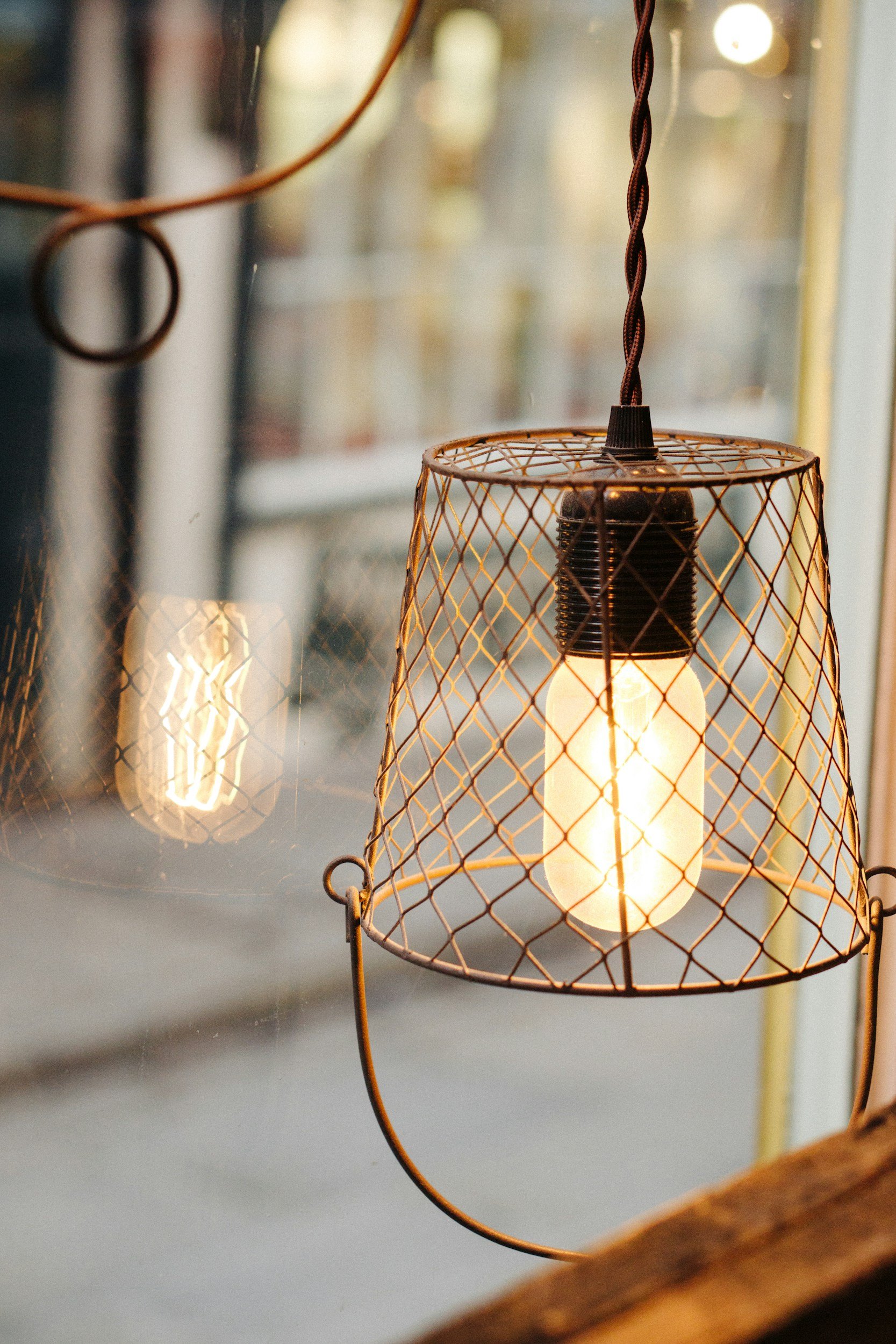
Conflicting Cultures: Burial and Death Care in the US
In the United States, burial practices are deeply embedded in cultural and religious traditions that have evolved over centuries. These practices serve as a means of honoring the deceased, providing comfort to the living, and maintaining a connection to familial and communal roots. However, the security of tradition can also lead to an uncritical acceptance of practices that may no longer align with contemporary values or environmental realities. As we confront the environmental and health concerns associated with burial, it is equally important to consider the cultural implications of these practices and the potential for cultural harm.

Environmental and Health Concerns of Modern U.S. Burial Practices
Modern U.S. burial practices, though steeped in cultural and religious traditions, carry a significant environmental burden. Traditional in-ground burials often involve embalming, the use of non-biodegradable caskets, and the allocation of vast tracts of land for cemeteries, all of which raise serious environmental concerns. Embalming fluid, which commonly contains formaldehyde, presents a particularly troubling issue. Formaldehyde is a known carcinogen, and its seepage into the soil from buried bodies can contaminate groundwater, posing long-term public health risks.

A Brief History of US Burial Practices
The development of rural cemeteries, while innovative, did not fully address the public health concerns that emerged as cities grew. Overcrowded cemeteries, particularly in urban areas, sparked fears of water contamination and the spread of disease, as decomposing bodies were suspected of contributing to these risks...

Understanding Your Pet Aftercare Options
Losing a beloved pet is never easy, and deciding how to care for them after they pass can be overwhelming. Understanding your options—cremation, burial, and aquamation—can help you make an informed decision that feels right for you and your pet.
